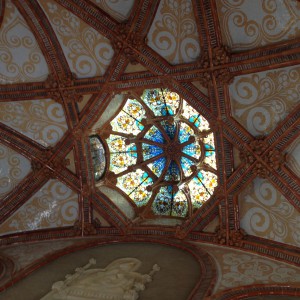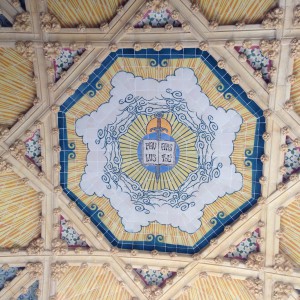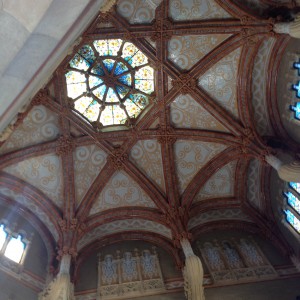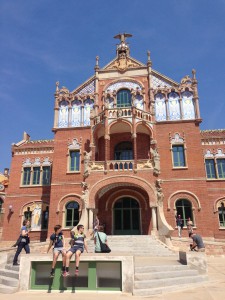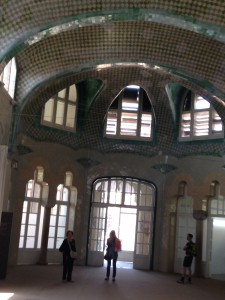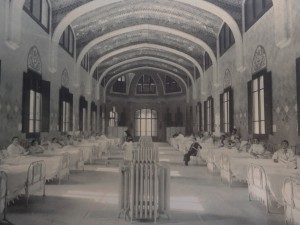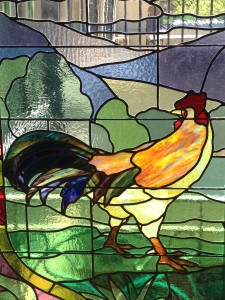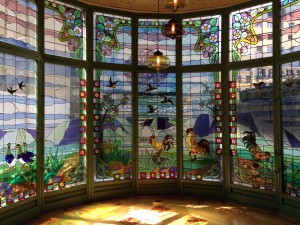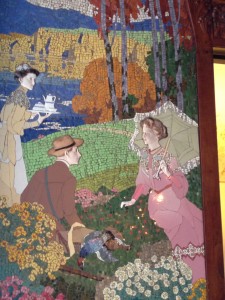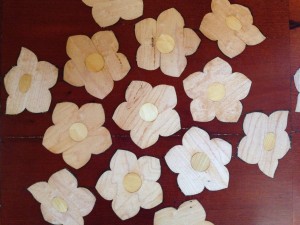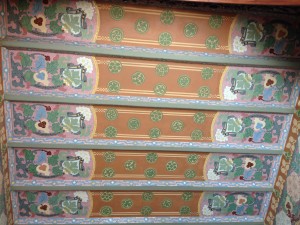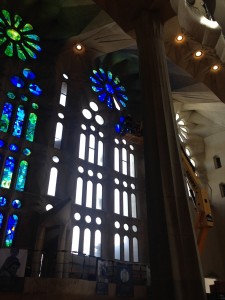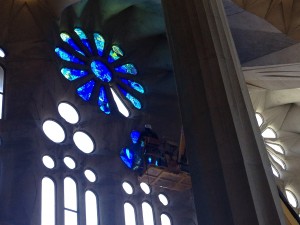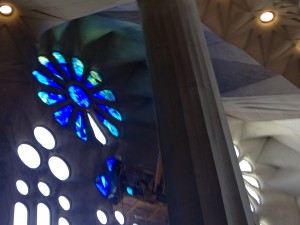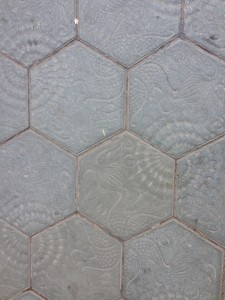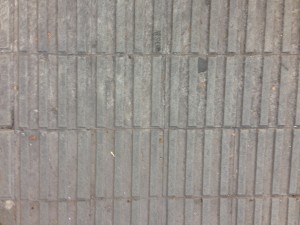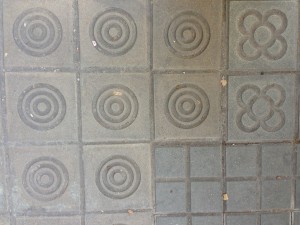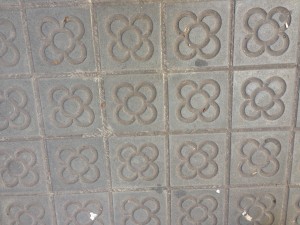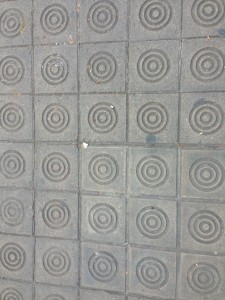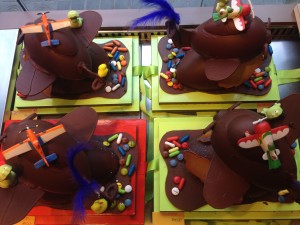Although paella is usually a nice yellow color, thanks to Spain’s wonderful saffron, there’s black paella as well. In the Catalan language, we call it “arros negre”, that is, black rice. It’s a delicious kind! The black color comes from the ink of the squid. We sometimes mix in some “allioli” (garlic mayonnaise) once it’s been served in our plate. My recommendation is that you give paella a try during your stay in Barcelona, since it’s one of our favorite dishes. if it’s sunny out, head to the waterfront and enjoy it under the sun, together with a good local white wine or cava.
The name “paella” is the name of the cooking pan itself, and probably has its roots in the Latin word “patella”, which means pan. Other less likely -but more romantic- theories suggest that the word “paella” comes from the Spanish “para ella”, which means “for her”, and it was first prepared by a man for his fiancée.
There are certain restaurants which specialize in paella, and where you can enjoy it every day of the week, but there’s also a local tradition of eating paella on Thursdays. This day, many restaurants which don’t usually serve paella incorporate this dish in their menus.
There are a few theories as to why this is so. Apparently, the most likely one suggests that Thursday was traditionally the day off for most maids. The day before they would leave everything ready for the next day’s meal, so that the owner of the house just had to add the rice and have the meal ready to eat in 20 minutes.
Barcelona is definitely a place where you can indulge over a great meal. We know that, and that’s how we offer a few tours that combine gastronomy with art and history. In the city, check our Art and Tapas Gaudi and Art and Tapas Picasso private tours. Or venture outside the city with our Montserrat and wine country, or our our Penedes wine country and Traditional Catalan lunch.
